Selling the sales pitch
Published
07th Jun 2013
While typically constituting a relatively small proportion of overall spa turnover, retail can nevertheless be a valuable additional revenue stream, if implemented correctly. It is, however, an area that many spas fi nd problematic, often not maximising the space available for retail, struggling with motivating staff to sell and finding it diffi cult to smoothly integrate product sales into the overall spa concept.
With both practical and psychological impediments to contend with, it undoubtedly can be a challenging fi eld to navigate. Being conscious of the areas of concern and how to address them can, however, go a long way towards enabling spas to make retail a thriving part of their business.
The retail space
Lynne Murray, marketing manager at Aspley Leisure, which provides products, concepts and consultancy services for the spa and leisure industry, says the limited space spas often have to work with when it comes to retail displays does present obstacles.
“Space in the reception area is sometimes very tight and of course spas are looking to create a relaxing ambience, not a messy market stall display that devalues the offering,” she says. The answer, she adds, is to carefully examine what will work for your space.“Every space needs to be looked at individually. Ask yourself what will work for your spa. What décor do you have and how can you use the space you have effectively, without being too intrusive?
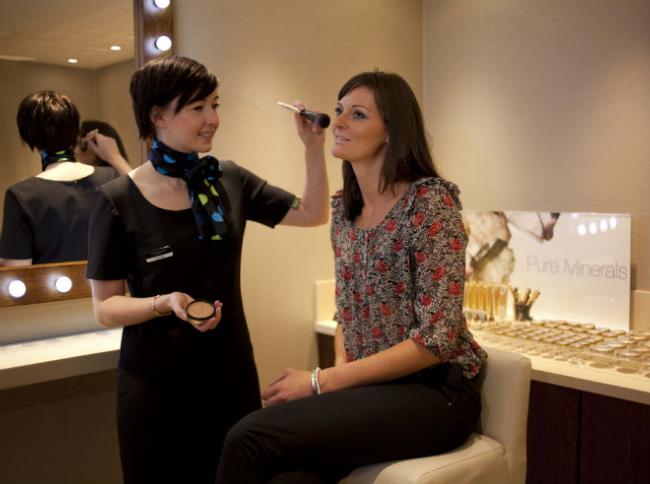
”It’s important, Murray says, for the retail area not to disrupt the overall spa experience. “The retail should blend in with the company’s own branding and not impede the general flow of the spa, because that is naturally the bread and butter of the spa.” However, provided the retail section is styled and merchandised correctly, Murray says there is no reason product sales could not become a valuable revenue stream.
“Things can be merchandised in all sorts of spaces, it’s about using what you have cleverly and making sure it’s enhancing the customer experience, not getting in the way of it,” she says.“But if it’s done sensitively and the products are right, it could bring in a lot of additional revenue.”
One company that has decided to step up its retail focus is De Vere Hotels, which recently introduced Aspley Leisure’s new swimwear and fitness range, Blu Swim and Blu Fit, in two of its properties, Oulton Hall in Leeds and Slaley Hall in Northumberland – creating shop walls next to the pools and spa entrances.
De Vere golf, leisure and spa director Keith Pickard describes the decision as tapping into “a no-brainer revenue stream.” While it’s still early days, with the retail walls only going up in December last year, Pickard says the figures have been positive so far.
“The lion’s share of our revenue will come from membership subscriptions and spa treatments, they retail can’t compete with that, nor would I expect it to,” he comments. “But the revenue has surpassed our forecasted expectations, which is great.”
Pickard adds that while proceeds are certainly key it’s not the only consideration. It’s also about providing something customers want and need. “We have many guests who come in and have forgotten their trainers or their swimming shorts, for example, and we now have a solution for that. So, in addition to being a revenue stream, it’s also providing a guest service.”

The psychology of selling
The view that retail is a customer service component and not the cumbersome additional task many therapists see it as, is one that is shared by Lorna Macleod, spa manager at Ribby Hall Village in Lancashire. “I always say to the therapists, don’t look at retail as a negative, look at it as a positive.
If you went to the doctor with a sore throat and the doctor didn’t give you anything for it, you’d feel cheated and I think it’s the same with spas,” she says. “We need to give customers something to take home that enables them to continue the benefits they see and the great feeling they have when they’re in the spa. If we don’t do that then we, as therapists, are not doing our jobs properly, we’re not fulfilling the clients’ needs and concerns.”
The problem, Macleod continues, is that therapists are afraid of retailing. “All therapists are frightened of retail because they feel as if they’re asking something where they’ll get a no back and no-one likes rejection,” she says. Gill Morris, director of training and consultancy provider GMT Training, which offers courses in areas that include sales training for spa and beauty therapists, agrees.
“Therapists are frightened to death of selling and that’s because they don’t know how to do it,” she says. “Education for therapists focuses very much on treatment, so they actually don’t know how to sell and don’t feel comfortable with the process of selling. That’s because they haven’t been taught it and if you haven’t been taught something, you don’t know how to do it.”
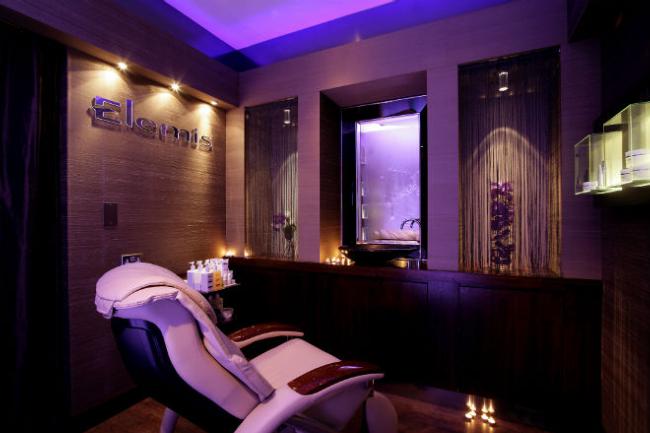
While many spas offer retail bonuses and incentive these, Morris explains, will have no effect if the skills required to push sales are not there to begin with. And while brands may be excellent at providing product training, product knowledge alone is not sufficient. “The product houses tell therapists about the products and how to use them, but they don’t necessarily go into the psychology of selling, into what motivates people to buy and what peoples’ needs are,” Morris says.
Remembering the why
Spa consultant Pete Scott says that drawing on the reason many therapists go into the industry to begin with, working with and helping people, should be an important part of retail training. “When therapists begin their studies, they do it because they want to work with people and improve their lifestyles, but that can end up being forgotten along the way, because they’re so busy with the day-to-day of things,” he says. “Therapist are told that they need to retail, but they forget why and the why is really important; to make people’s lives better.”
Others in the industry agree that looking at retail in spas less as a cold sell and more as a way to use the skills of your profession to help customers, is key. “Sales within spas are different than other retail environments, they are much more intimate and personal, says Lynne McNees, president of the International Spa Association (ISPA). “The therapists are professionals within their fields, so it’s not so much a sales push as it is a recommendation to the client.”
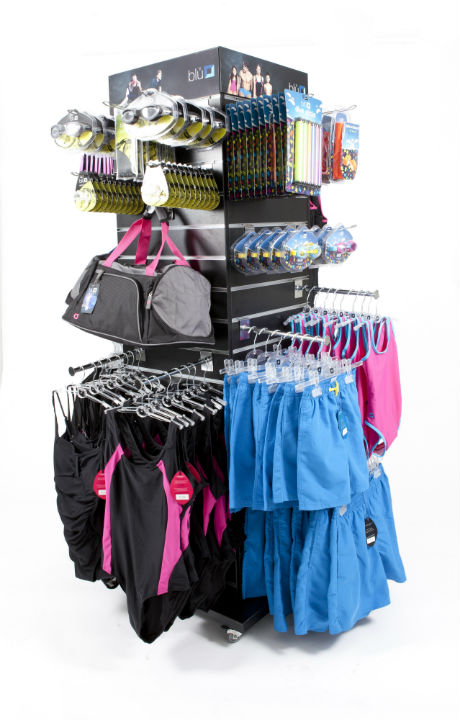
Macleod comment that it’s “not even selling retail, it’s selling ideas, giving them advice,” while Morris phrases it as “uncovering what clients want and giving them the solution.” Regularly going into spas to hold sales training courses, Morris says that once therapists begin to view retailing as a service to the customer rather than a must to hit target, they enjoy it. “They love it because they’re not really selling, they’re enabling customers to buy,” she says.
Continual training
Whether it’s a question of looking at the psychology of selling, remembering the customer care aspect or providing product knowledge, industry experts across the field stress the absolute importance of training. Not merely as a one-time occurrence, but as an on-going element. “Training, training, training, I cannot emphasise [the importance] of this enough,” says.
Noella Gabriel, director of product and treatment development at Elemis, which provides extensive training services for its spa partners − including sales technique training, product knowledge and courses covering the psychology of retail. “Unfortunately, when there is a recession, training often gets cut and l believe spas will pay the price for that in loss of clients and retail sales,” she adds.
Scott says that in his experience, spa managers and directors often make the mistake of believing a one-off retail training session will be a permanent solution. “Everyone is looking for that quick fix but training is like brushing your teeth, you need to do it every day,” he says.
“As soon as you stop motivating and training, expect the results to start dropping as well. What you need to do is follow up, make sure sales training happens every day in the spa and make it part of the business.” Reinforcing this opinion, Macleod, who regularly conducts one-on-one coaching sessions with her staff, says that providing this training is a necessity. “I can’t expect my guys to go in there and retail without having had training and without me having spent time and energy on that with each one of them.”
The spa journey
While a well-implemented retail strategy can increase both your spa’s revenue and customer satisfaction levels, this is only the case if it’s done the right way, at the right time. “Retail sales are part of the client journey and this journey must fl ow.
“It must be delivered with excellence; from meet, greet and consultation, to therapy and close of sale,” Gabriel says. Getting the consultation right is, Maleod adds, perhaps the most vital component of all.
“I think the most important thing is the consultation, if you don’t have a thorough consultation at the beginning then it’s a cold sell and it comes across as a cold sell, and clients don’t like that,” she says. “However, if you begin with a thorough consultation, then it becomes a case of tapping into and addressing the clients’ concerns.”
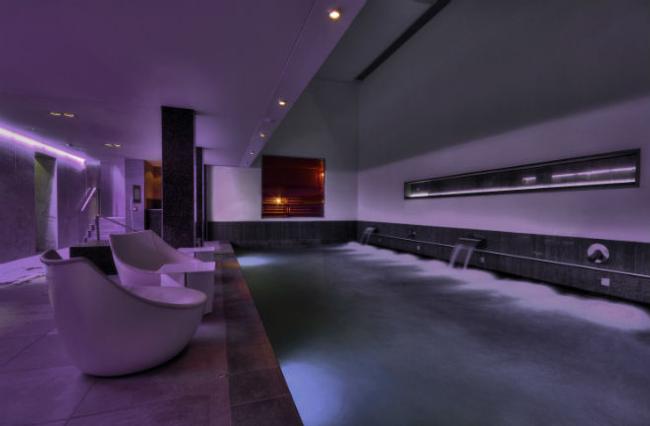
Leon Trayling, spa director at Glasgow’s Blythswood Square spa hotel, says that it’s also a matter of timing. The attempt to close the sale should not be too far removed from the consultation.
“A lot of the time in spas, customers will arrive early in the morning and stay for the day and by the time they leave, it might be four o’clock,” he says. “And if the client has been sold to at the beginning of the day, it’s going to be diffi cult to close that sale four or fi ve hours later, because they will have forgotten what the therapist said. So it’s important to make we sure get the customer retail journey right.”
Resource restraint
While priorities have a part to play when it comes to the time and money spas invest in retail training, a simple scarcity of both is often also a factor. Gabriel explains that: “Spas realise the importance of retail, but sometimes don’t have the tools to deliver [on it],” while McNees comments that: “Spas are currently placing moderate attention on retail. “Although they know thenecessity of retail sales, motivation, resources and training are all limited at this time.”
Trayling is keen to push up the percentage of revenue generated by retail sales and recently brought Elemis, a brand with high customer awareness, into the spa at Blythswood Square for that very reason. Nevertheless, he admits that with treatments naturally constituting the bulk of the business, they will continue to come first.
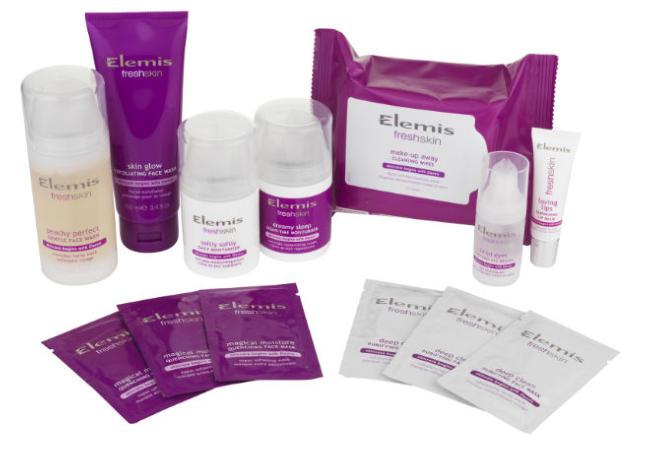
“When it comes down to it I’m not, I suppose, going to spend all my time trying to increase retail revenue when we still have treatments to sell,” he says. However, while spas undoubtedly have numerous challenges to contend with where retail sales are concerned, it’s clear that it’s an area with great potential and that the tools to maximise it do exist.

